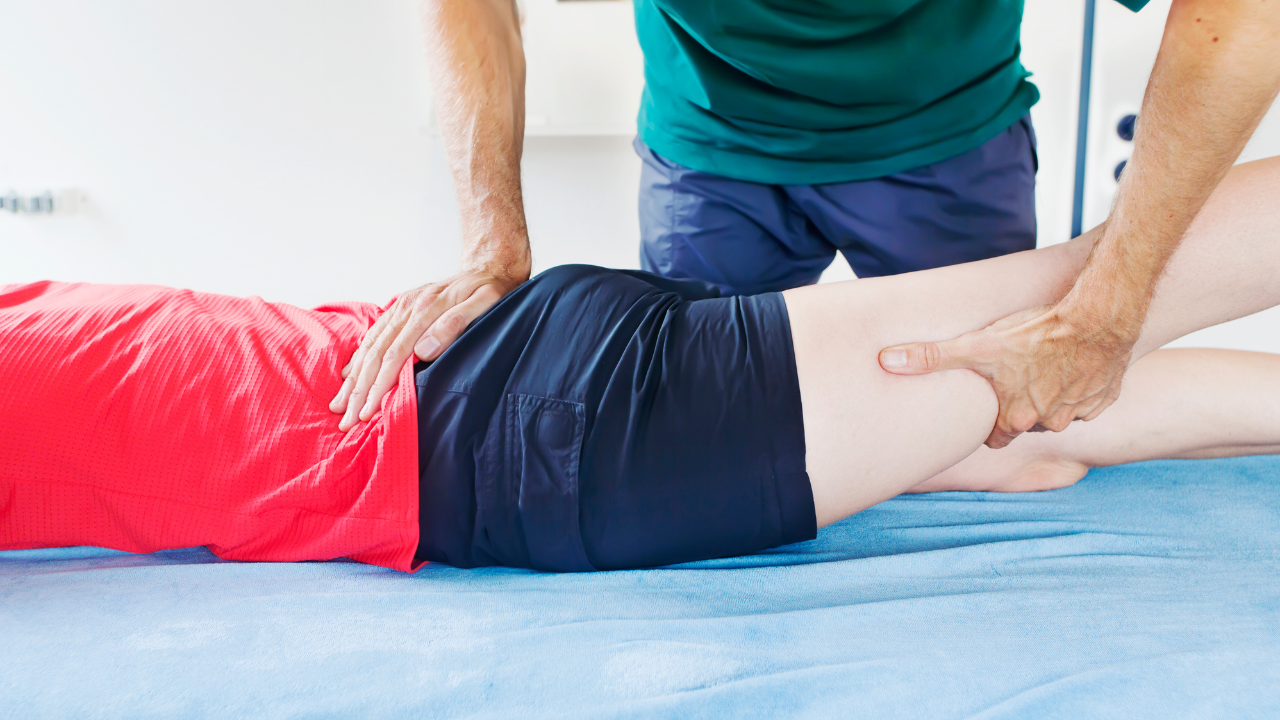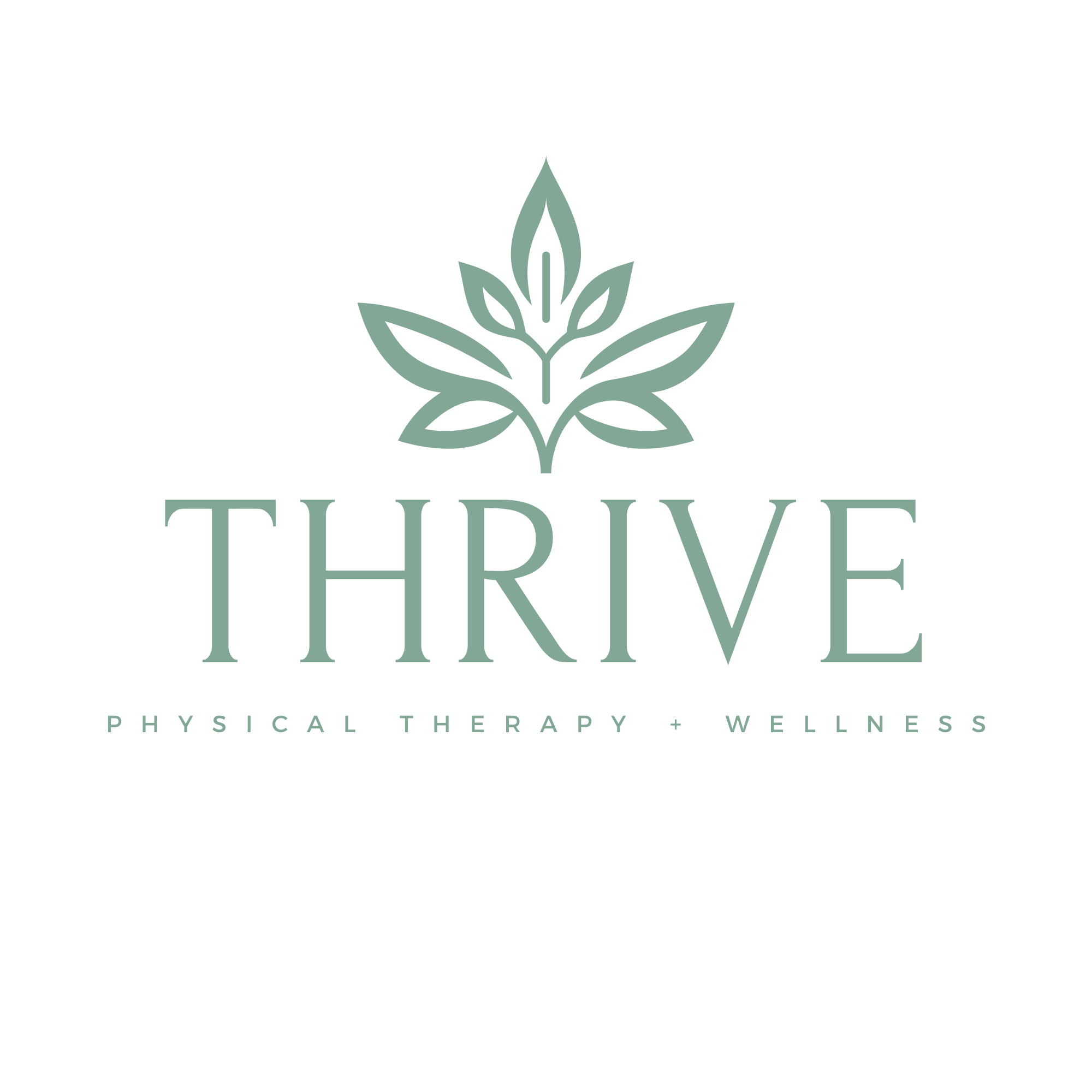
Have you ever stood up too quickly and felt the world tilt beneath your feet? That unsettling sensation, the spin, the sway, or even a sense that you’re being pulled sideways, might be fleeting for some. But for many, it’s an all-too-constant reality. Living with a vestibular disorder can feel like being trapped in a malfunctioning merry-go-round—one that doesn’t stop when you want it to, one that interrupts your daily life, and one that quietly chips away at your confidence and independence.
But there’s hope. There’s help. And it doesn’t always come in the form of medication. Physical therapy, specifically vestibular rehabilitation therapy (VRT), is a powerful, non-invasive way to retrain your body and brain to work together again. And clinics like Thrive Physical Therapy are leading the way in helping patients regain not just their balance—but their sense of control.
Understanding Vestibular Disorders: More Than Just Dizziness
The word “vestibular” might sound like it belongs in a biology textbook, but it’s actually at the core of something very real: your ability to keep your balance. Your vestibular system includes parts of your inner ear and brain that process sensory information about motion, head position, and spatial orientation. When it’s not working properly, symptoms can range from lightheadedness and unsteadiness to full-blown vertigo.
And it’s not just physical. These conditions often trigger anxiety, fatigue, and even depression. When your body feels like it’s betraying you with each step, your mental and emotional well-being can suffer too. Suddenly, driving becomes terrifying, grocery shopping is overwhelming, and just walking across the room feels like navigating a tightrope.
The causes of vestibular disorders are as varied as the symptoms—head injuries, inner ear infections, Meniere’s disease, vestibular neuritis, or even age-related degeneration. But the impact is always personal. That’s why personalized care is essential. And that’s where vestibular therapy changes the game.
What Is Vestibular Therapy—and Why Does It Work?
Vestibular therapy is not a one-size-fits-all approach. It’s a customized set of exercises and hands-on treatments aimed at helping your brain adapt to, and compensate for, the abnormal signals it’s receiving from a malfunctioning vestibular system.
In the hands of an expert physical therapist—like those at Thrive Physical Therapy—the therapy addresses three key mechanisms: adaptation, substitution, and habituation. That might sound like medical jargon, but here’s the real-world translation:
- Adaptation means helping your brain recalibrate how it processes movement.
- Substitution teaches your body to use other senses (like vision and touch) to maintain balance.
- Habituation involves repeated exposure to the very movements that make you dizzy, allowing your brain to gradually stop overreacting to them.
You don’t just “exercise” your body—you’re rewiring your brain. That’s the magic. And while it’s a process that requires commitment and consistency, it also offers something medication rarely can: lasting improvement.
The Thrive Approach: Tailored Therapy That Sees the Whole You
At Thrive Physical Therapy, vestibular rehab isn’t just another service on a menu—it’s a deeply patient-centered journey. The team doesn’t just treat symptoms; they listen, observe, and craft a strategy around how you move through the world.
The initial evaluation goes far beyond checking boxes on a form. It includes comprehensive assessments of your gait, posture, eye movement, head motion tolerance, and balance under different conditions. This isn’t just about diagnosing—it’s about understanding your unique challenges and how they impact your life.
Once a baseline is established, your therapist will develop a therapy plan that evolves with you. You may start with simple eye-tracking exercises or balance work on solid ground. As your brain begins to adjust, you might progress to more dynamic movements, head turns, or walking exercises that mimic real-world environments.
And here’s what makes the Thrive experience stand out: they don’t rush the process. They understand that vestibular disorders aren’t just physical—they’re deeply emotional too. You’re not just retraining your balance system; you’re rebuilding trust in your body. At Thrive, that journey is treated with the care and respect it deserves.
The Emotional Side of the Struggle—and the Triumph
If you’ve lived with a vestibular disorder, you know it’s not just about the dizziness. It’s about how unpredictable and isolating the condition can feel. You may avoid going out with friends or hesitate to walk alone. Some days, even standing in the shower can feel like a risk.
That’s why vestibular therapy is so much more than exercise. It’s empowerment.
Each session at Thrive Physical Therapy builds not just strength and coordination, but confidence. With every small victory—being able to turn your head without feeling off-balance, walking without grabbing for a handrail, standing on uneven surfaces without fear—you reclaim a part of your life.
There’s a kind of quiet courage in this process. And the therapists at Thrive recognize that. They aren’t just guiding your body—they’re supporting your spirit, helping you overcome the fear that often lingers long after the spinning stops.
What Real Progress Looks Like
Some patients begin to see improvement in just a few weeks. Others take longer. The timeline varies, but progress is always possible. And it doesn’t always come in dramatic, movie-worthy moments. Sometimes it looks like walking down the hall without veering sideways. Sometimes it’s the ability to bend over and pick something up without needing to sit down right after.
These victories matter.
They add up.
And they’re celebrated at Thrive Physical Therapy because they understand what each step forward means. You’re not just recovering balance—you’re restoring your independence.

Who Can Benefit from Vestibular Rehab?
The short answer? More people than you might think.
Anyone experiencing chronic dizziness, unexplained falls, motion sensitivity, or unsteadiness after illness or injury could be a candidate. This includes older adults dealing with age-related vestibular degeneration, athletes recovering from concussions, or even people with long-standing balance issues that never received a clear diagnosis.
One of the most hopeful aspects of vestibular therapy is its accessibility. It doesn’t require expensive equipment or invasive procedures. It simply requires a skilled therapist, a customized plan, and your commitment to the process.
And when you’re supported by a clinic like Thrive, where expertise is matched by genuine care, the results can be life-changing.
Thriving Through the Setbacks
Let’s be honest—recovery isn’t always linear. Some days feel worse than others. Some exercises might trigger discomfort before they start to help. But that’s part of the journey. Progress isn’t perfection. It’s persistence.
At Thrive, setbacks are met with encouragement, not frustration. Your therapist will adjust your program, help you work through the tougher days, and celebrate even the smallest milestones. The clinic’s environment is designed to foster trust, resilience, and forward motion—no matter how long the road.
That kind of therapeutic relationship makes all the difference. When your therapist truly believes in your ability to heal, you start to believe it too.
The Long-Term Benefits: Not Just Recovery, but Resilience
Vestibular therapy isn’t just about feeling better in the moment. It equips you with tools you can use for life. You learn how to respond to flare-ups, how to calm your symptoms before they spiral, and how to build in daily habits that support your balance system.
And perhaps even more importantly, you regain the confidence to move freely again. To travel. To dance at your niece’s wedding. To walk on the beach without holding someone’s arm. To live without fear of falling.
That’s the ultimate gift of vestibular rehab—it gives you your life back.
Suggested Reading: The Importance of Starting Physical Therapy Early After an Auto Accident
Conclusion: Thrive with Confidence, Thrive with Support
Living with a vestibular disorder doesn’t mean surrendering to a lifetime of dizziness, fear, or frustration. With the right support and evidence-based therapy, healing is not just possible—it’s achievable.
Thrive Physical Therapy offers a sanctuary of care, compassion, and science-driven rehabilitation. Their vestibular therapy programs are not only grounded in clinical expertise but built around the individual—your body, your experience, your goals.
At Thrive, you’re more than your diagnosis. You’re a partner in your healing journey. Their team walks with you, guides you, and empowers you—every step of the way.
So, if you’re ready to stop just surviving and start thriving, visit https://thriveptclinic.com/ to learn how personalized vestibular therapy can restore your balance and renew your life.

